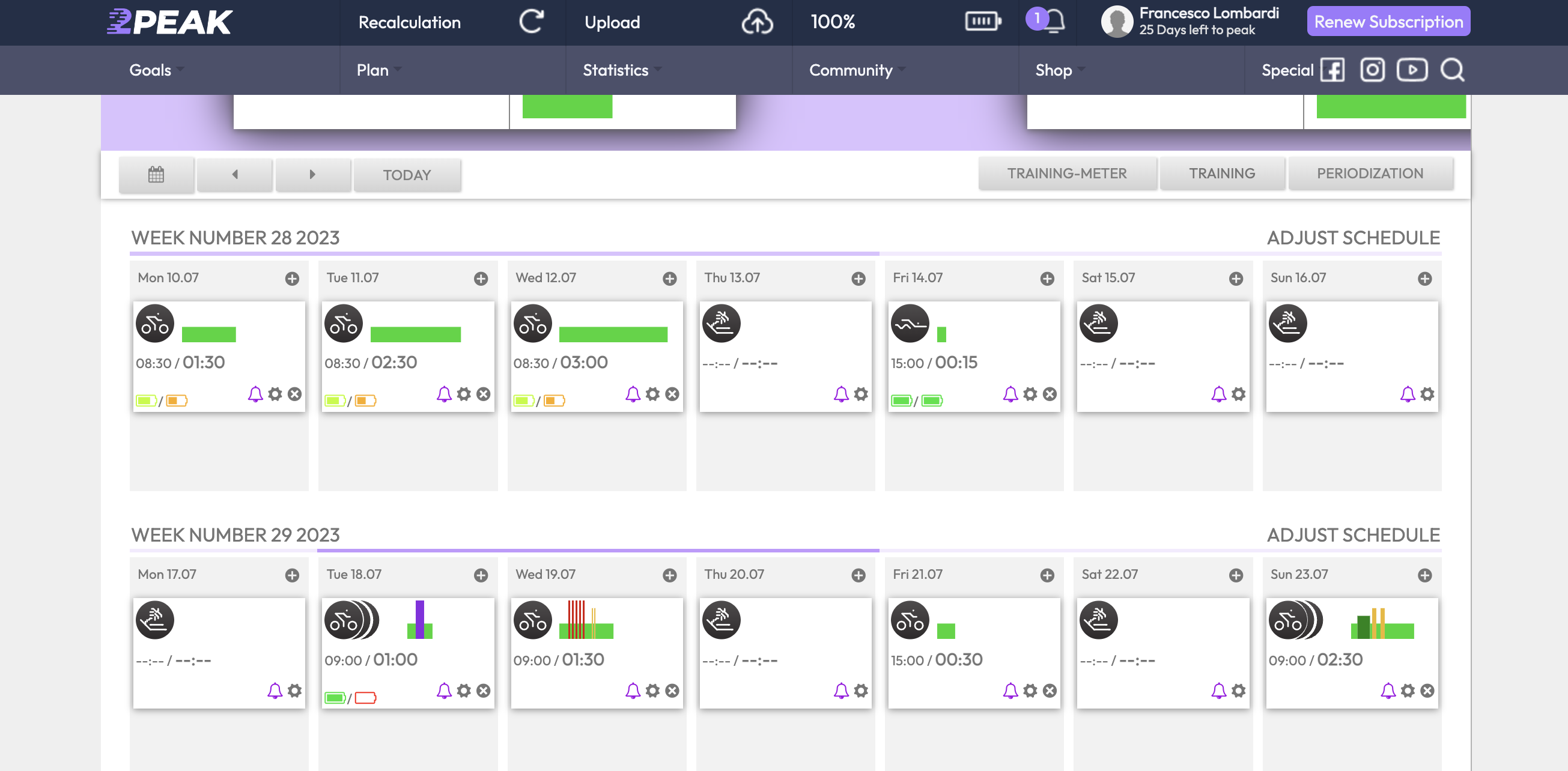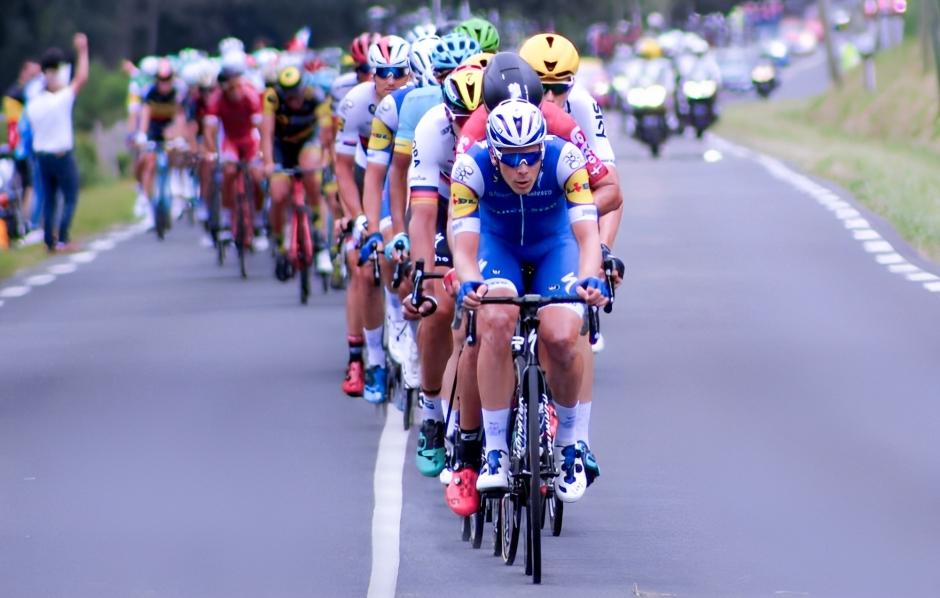In the Tour de France, professional cyclists ride day after day in a 21-stage race, showing incredible stamina and fitness. But stage races are not just for professionals, many are aimed at amateur athletes. Here is an explanation of how you should train for cycling stage races.
What is a stage race?
Many people know of European grand tours like Tour de France, Giro d’Italia, and Vuelta a España. These are the most famous stage races, but many more exist. There are not only other stage races that pros do, but also ones that amateur athletes compete in. A stage race is simply any multi-day cycling event with more than one “stage” or race.
There are stage races that take place on road and mountain bikes. Most stage races for amateurs are 3-7 stages long and instead of having rest days like these grand tours, there is a race every day. The event may have a time trial day but usually they are mountainous longer road races. However, there is a huge amount of variety here.
How to train for a stage race
In general, stage races are long multi-day efforts, so building your endurance is crucial. For this reason, it makes sense to have multiple long rides each week. Short high-intensity intervals are also important. Cycling is almost never a constant long push, but a series of attacking and relaxing based on both the terrain and how other riders in the peloton are riding. To stay with the peloton throughout attacks or to make a breakaway group you need to be sharp and ready for high-intensity efforts.
It is also important that your training is periodized. In order to get the endurance and fitness you need, you should have blocks of training that include rest, zone 2 endurance work, and high-intensity intervals. Depending on your starting point and goals it will take multiple weeks or months to properly prepare for a stage race.
Your training should be specific to your specific race. It is impossible to say, “training for cycling stage races looks like this” because all stage races are different. With a 2PEAK training plan you can enter each of the individual stages of your stage race and you will get a periodized training plan that matches your goal.
Tips for the Race
Recovery is particularly important in stage races. You will finish a race one day and should immediately be thinking of how you can make your body as ready as possible to do it again the next day. This can mean ice baths, massages, self-care and most of all optimizing the two most important recovery factors, nutrition and sleep.
For nutrition make sure that you are eating enough not only during the race but afterwards. It is important that you replenish your body’s carbohydrate stores and protein to help your muscles regenerate. Keep your daily caloric intake high to match the effort you are doing.
Sleep is a recovery miracle. Our bodies do the most recovering during sleep, so it is particularly important between stages to get as much sleep as possible. Eight hours is the minimum amount you should look for. Luckily you should be tired after putting in a hard day work.
Where to start
If you want to try a stage race, first do an internet research for events near you or ones that you are interested in. There are countless high-quality events taking place all over the world. Once you have found your race, it is time to start training! To make sure your training is specific to this goal you can enter the details of each stage into your goals as a stage race.

Then you will have a plan that will help you take on this multiple day challenge. It will include a good mix of long endurance rides, high-intensity intervals and rest.

Now follow the plan as much as possible. When you have to skip or move a training session, the dynamic functionality of a 2PEAK plan will help you stay on track for your goal of completing your stage race.
